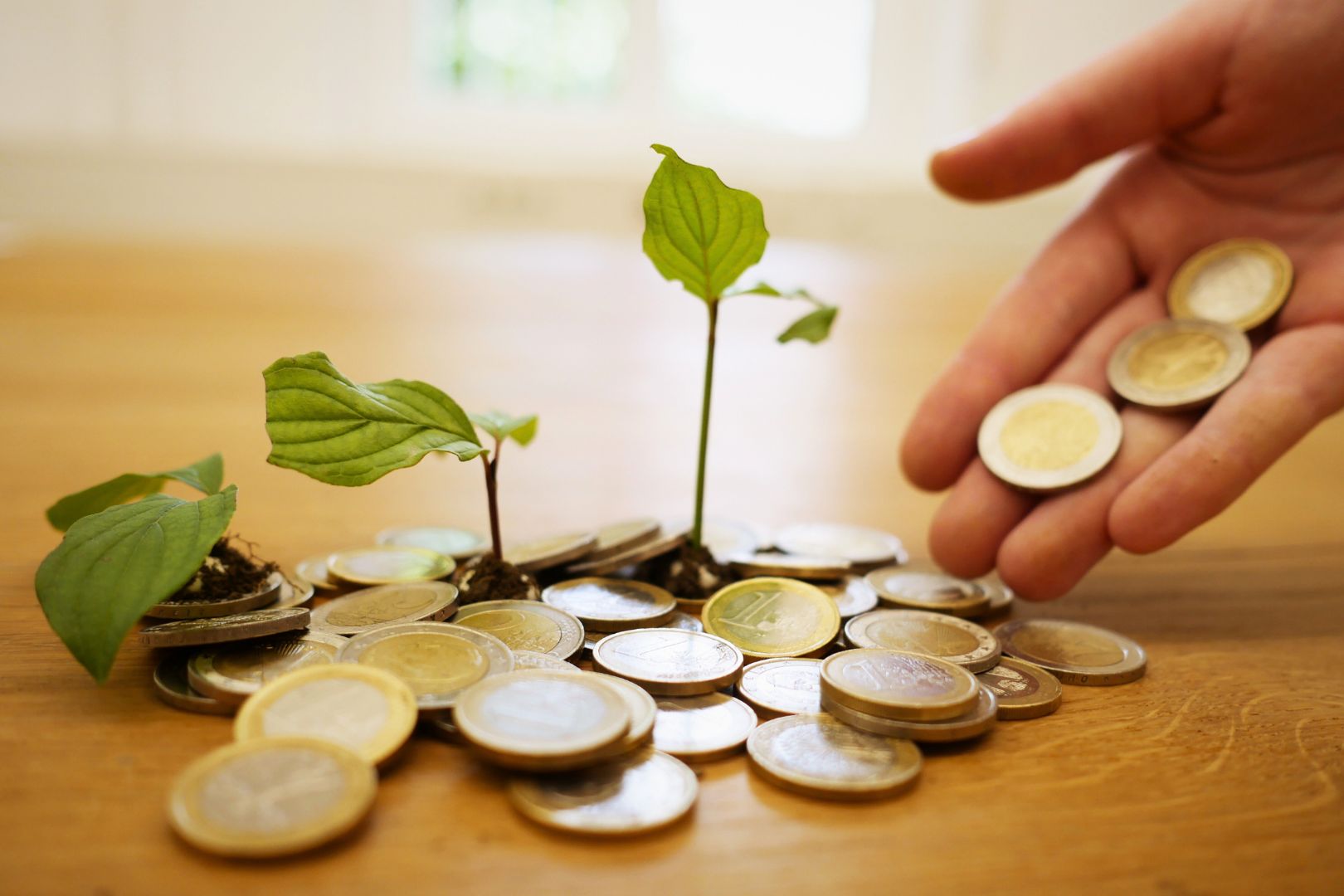Experts have been warning about this for a long time already: Europe is losing its soil.
According to the European Environment Agency, erosion, construction and pollution have degraded 60% to 70% of the “live” layer of our soil: a layer 15 to 25cm wide, found just below the earth´s surface that hosts 25% of the planet biodiversity, providing food, biomass and raw materials and regulating water and carbon cycles – in other words, a key resource to fight climate challenge.
Soil degradation hampers ecosystems´ ability to produce raw materials and generates irreversible loses: it takes years to form just a few centimetres of soil, making it a non-renewable resource. Besides, its deterioration opens the door to desertification and speeds up climate change. This, at the same time, results in harder and longer drought cycles, linked to violent rainfalls that take away soil with them – in cases even eliminating soil completely.
In words of the European Commission:
Land and soil continue to be subject to severe degradation processes such as erosion, compaction, organic matter decline, pollution, loss of biodiversity, salinisation and sealing. This damage is the result of unsustainable land use and management, overexploitation and emissions of pollutants
Relevant resources
- EU Commission-EU Soil Strategy for 2030 Reaping the benefits of healthy soils for people, food, nature and climate
- FAO– State of knowledge of soil biodiversity – Status, challenges and potentialities. Summary for policy makers
- World Resources Institute, the World Bank Group -Creating a sustainable food future: final report
- El Diario – Europa se queda sin suelo y a merced de la desertificación, con España a la cabeza
Previous posts
#WeMakeInnovationHappen
Do you have an innovative idea for a project? Are your looking for project management support? Do you need a Dissemination and Communication Partner?









